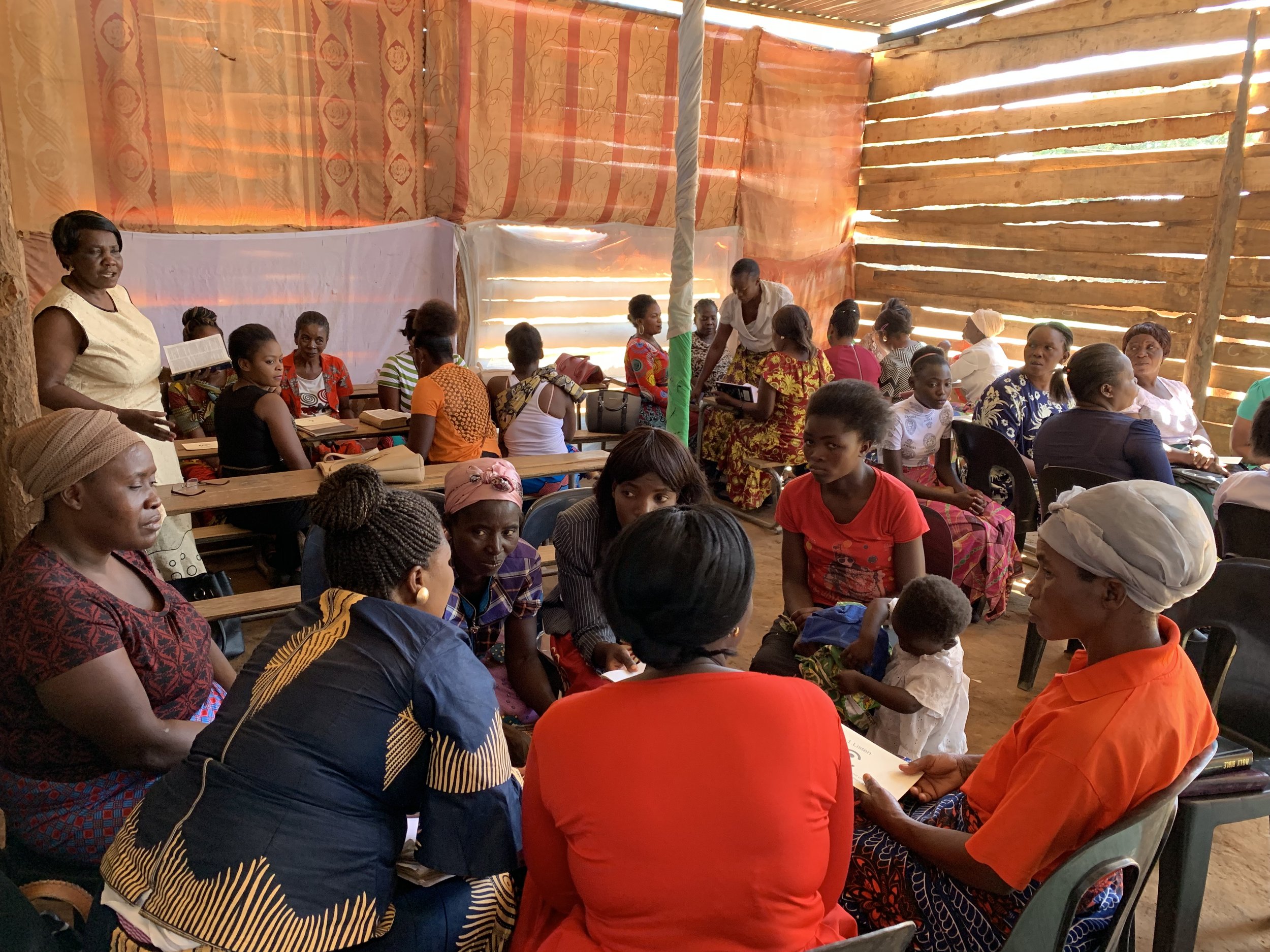Our Studies
Our studies focus on one book of the Bible where we walk participants through line-by-line to both understand the rich theology and apply it to their lives.
Click on the images below to learn more about each study.
What is orality?
Not every culture relies on the written word for the communication of ideas. Oral cultures primarily grasp information through speech, song, and stories.
We view orality as the natural-born way in which humans learn. The cultures that emphasize formal education tend to rely on written methods instead.
So, each person or culture can fall on a spectrum of orality. If you would like to learn more about orality, visit the International Orality Network.
Our Process
We have two primary goals for our studies:
1) Knowledge
We want learners to understand the main themes found in the book they are studying, and be able to recite the entire book from memory.
2) Transformation
Without heart transformation, knowledge is useless. While true heart transformation is the job of the Holy Spirit, we want to encourage and guide learners to apply the truths they learn in a practical way.
Research & Study
We take our time to carefully read the book we are writing a study on. We’ll read that book over and over, review relevant commentaries, and consult with trusted theologians.
Outlining
Here, we set our sights on what themes we want to communicate through our study. We’ll outline those themes for the whole study and for each lesson.
Drafting & Editing
With outlining done, we write the first drafts of each lesson and hand those drafts to an orality expert. After orality edits are made, we’ll pass the drafts off for theology review. Then, our voice actress will look over those drafts from an African perspective. Last, we send the drafts to a copy editor to make sure we’ve crossed all our tees.
Recording
With the final drafts approved, we begin recording. While we are in studio, we make minor adjustments to ensure the studies are meeting our goals. After many sessions of recording, re-recording, editing, and mixing, we have a finished product.
More questions?
See our frequently asked questions.










